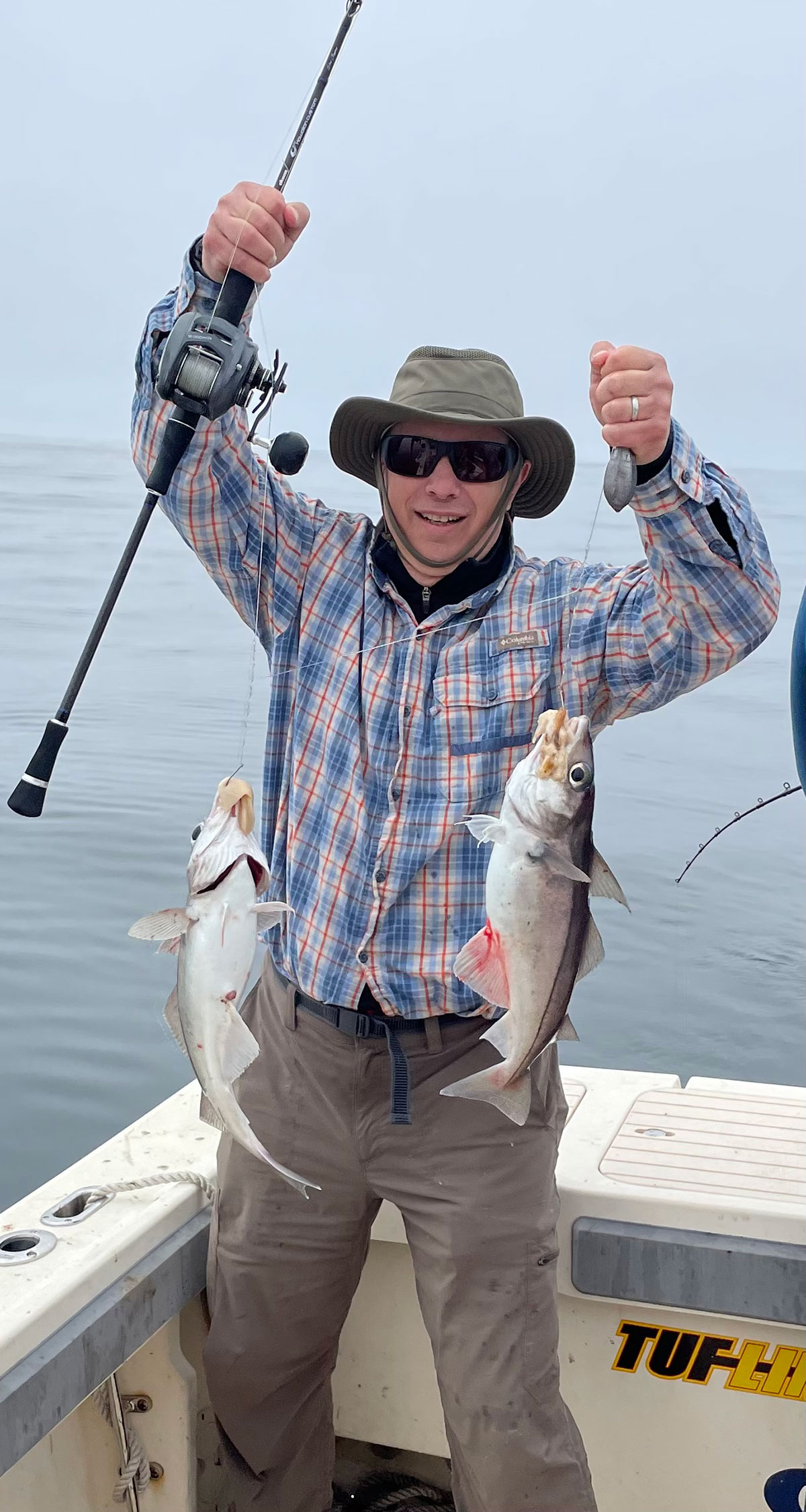
Head offshore for some of the finest fillets New England has to offer!
Even though our last few winters have been on the mild side, there is always something cathartic about making your first trip to the offshore grounds on a crisp spring morning. Anticipation is high and there’s a feeling of something new ‘beginning’ as you steam offshore to start another fishing season. The Gulf of Maine hosts some of the most prized food fish in the world; haddock is one of these fish and, this month, they will be readily available to any recreational fisherman that makes the trip.
There are two major offshore ledges in New England where haddock are often targeted, Stellwagen Bank which is in Massachusetts Bay and Jeffrey’s Ledge which is a little further north, off the northern coast of Massachusetts and extending through New Hampshire and into Maine. There are also dozens of smaller inshore and offshore ledges that also hold these delicious fish.
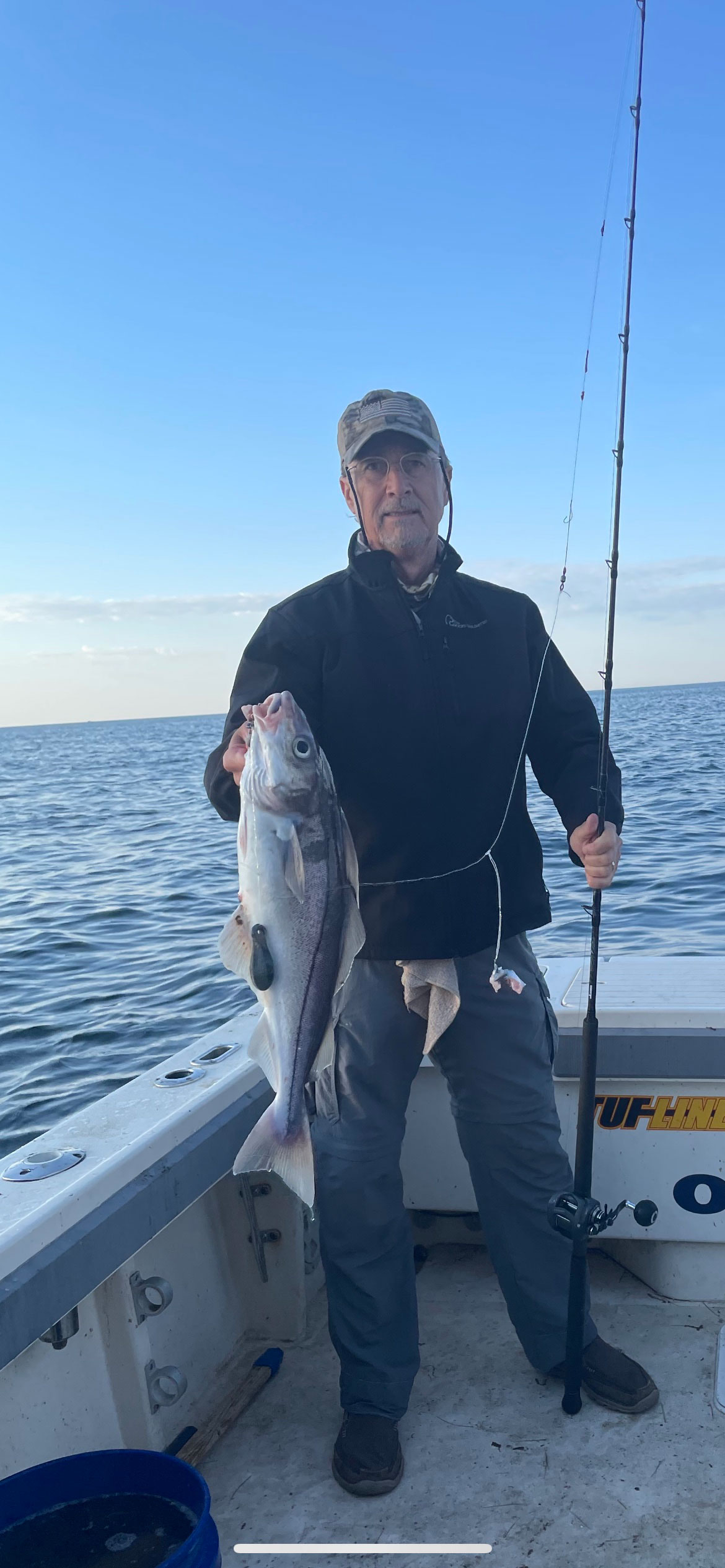
Dialing Deep Edges
One of the charter captains that makes an annual tradition out of this early season fishery is Capt. Rich Antonio who runs Black Rose Fishing Charters out of Green Harbor in Massachusetts. He said he usually begins looking for haddock around mid-April and fishes some ‘more local’ ledges that are situated west of Stellwagen Bank and closer to Boston. It is possible to find several locations that are likely to hold these tasty fish by poring over your Navionics app or paper charts. Capt. Rich told me that the best action has generally been found between 190 and 240 feet of water over the last several years. If you’re not finding fish trying going a little deeper.
He uses a unique method for targeting spring haddock, choosing to anchor up instead of drifting. This allows him and his clients to use lighter tackle because they won’t be fighting the movement of a drifting boat, offering a more enjoyable angling experience to his clients. Inshore ledges shoreward of Stellwagen Bank, like Stone Ledge off of Plymouth, have also produced great results during the spring fishery. Targeting haddock on these inshore ledges allows for less time steaming to a distant spot, and more fishing time, particularly for the recreational anglers and those fishing from smaller boats.
Capt. Rich likes conventional Okuma reels spooled with 25-pound test braided line. He prefers braided line for many reasons; the sensitivity gives his anglers a better feel for the bite, the low diameter cuts through the water, reducing drag and it’s very strong for its diameter. He prefers to use bait for haddock instead of jigs. He says any fresh bait will catch them, but he favors clams and says squid and mackerel are the best second options. He reiterated that the bait really has to be fresh, regardless of species. Another tip he offered was, “If you’re marking fish and the bite is slow, try changing your bait.”
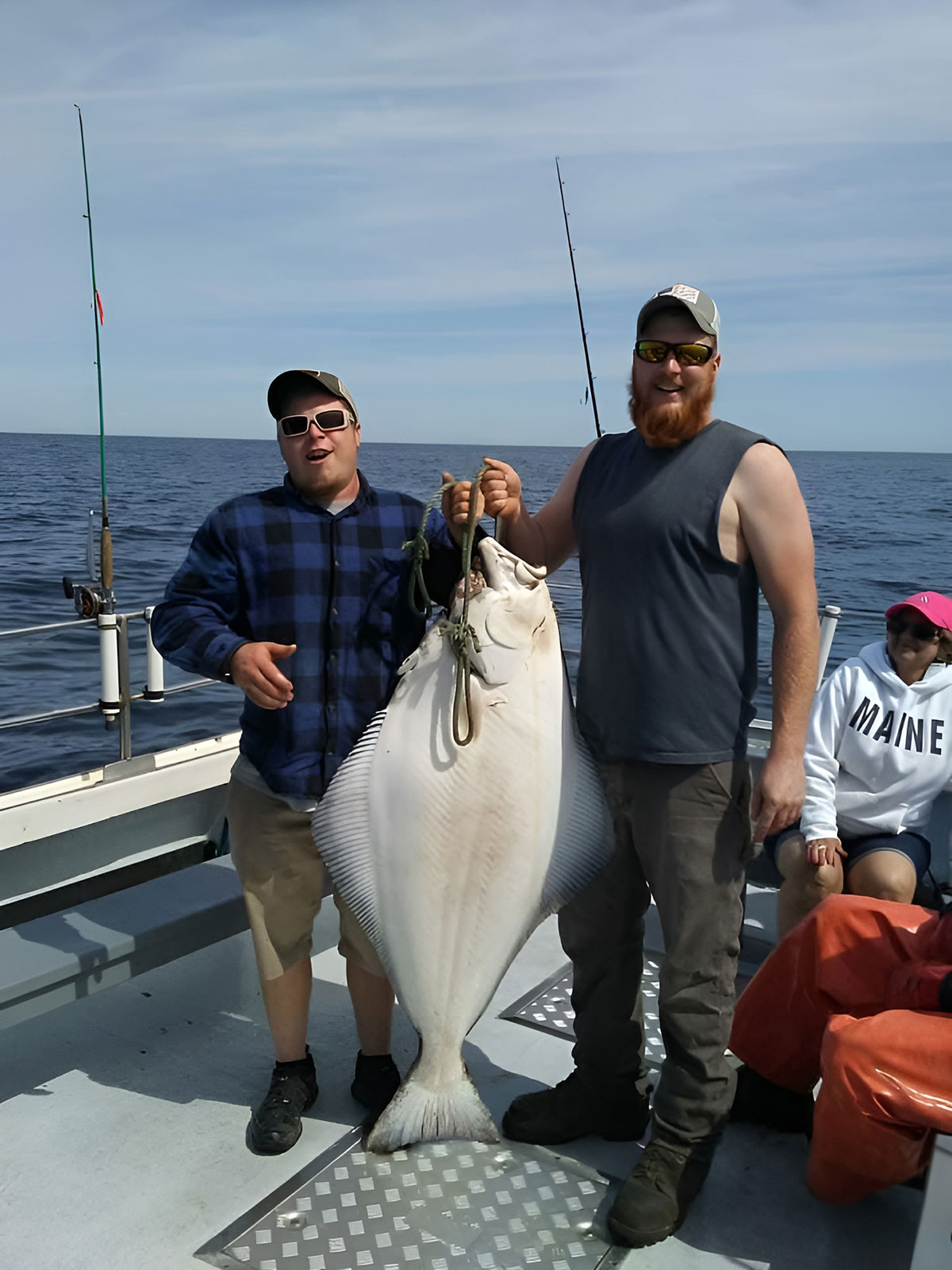
To The North
In addition to Stellwagen Bank and the various inshore ledges outside of Boston, Jeffrey’s Ledge and Platt’s Bank are popular spots for haddock chasers leaving northern ports, from Gloucester, Massachusetts to Boothbay Harbor in Maine. Jeffrey’s Ledge can easily be reached sailing from ports from Gloucester to Boothbay Harbor depending on what part of the ledge you plan to fish. There are several charter and headboats along this stretch that fish these waters. Platt’s Bank is roughly another 12 miles east of Jeffrey’s and is another spot that offers some very fertile sea bottom and good fishing.
Similar to the inshore ledges of Massachusetts Bay there are also dozens of inshore ledges that can produce excellent catches of haddock shoreward of Jeffrey’s. Scantum Basin, Tanta’s Ledge and the Cape Porpoise Peaks are just a few places, inside of ten miles, that often hold significant biomasses of haddock.
I spoke with Capt. Mike Perkins who owns and operates the headboat Nor’easter that sails out of Kennebunkport, Maine. He fishes exclusively with 16-ounce Vike jigs and prefers to use no bait at all so as not invite the dogfish to visit. He also likes the way Vike jigs flutter on the way down plus they seem hold bottom well. (Although another option is the use of a jig with a dropper loop and piece of squid, clam or shrimp on the hook above the jig, and many anglers prefer this.) He primarily fish areas along the northern parts of Jeffrey’s Ledge and Platt’s Bank. They mostly target fish in 280 to 300 feet of water, and therefore require heavier tackle with 50-pound test line. In these distant offshore waters, there’s a wider variety of bycatch that includes cod, cusk, jumbo pollock, redfish, halibut and sometimes, even a bluefin tuna will grab a jig. It is hard work reeling in a big and heavy ground fish from depths of 250 feet or more, but the rewards are great and you never know what species of sea monster might grab your lure.
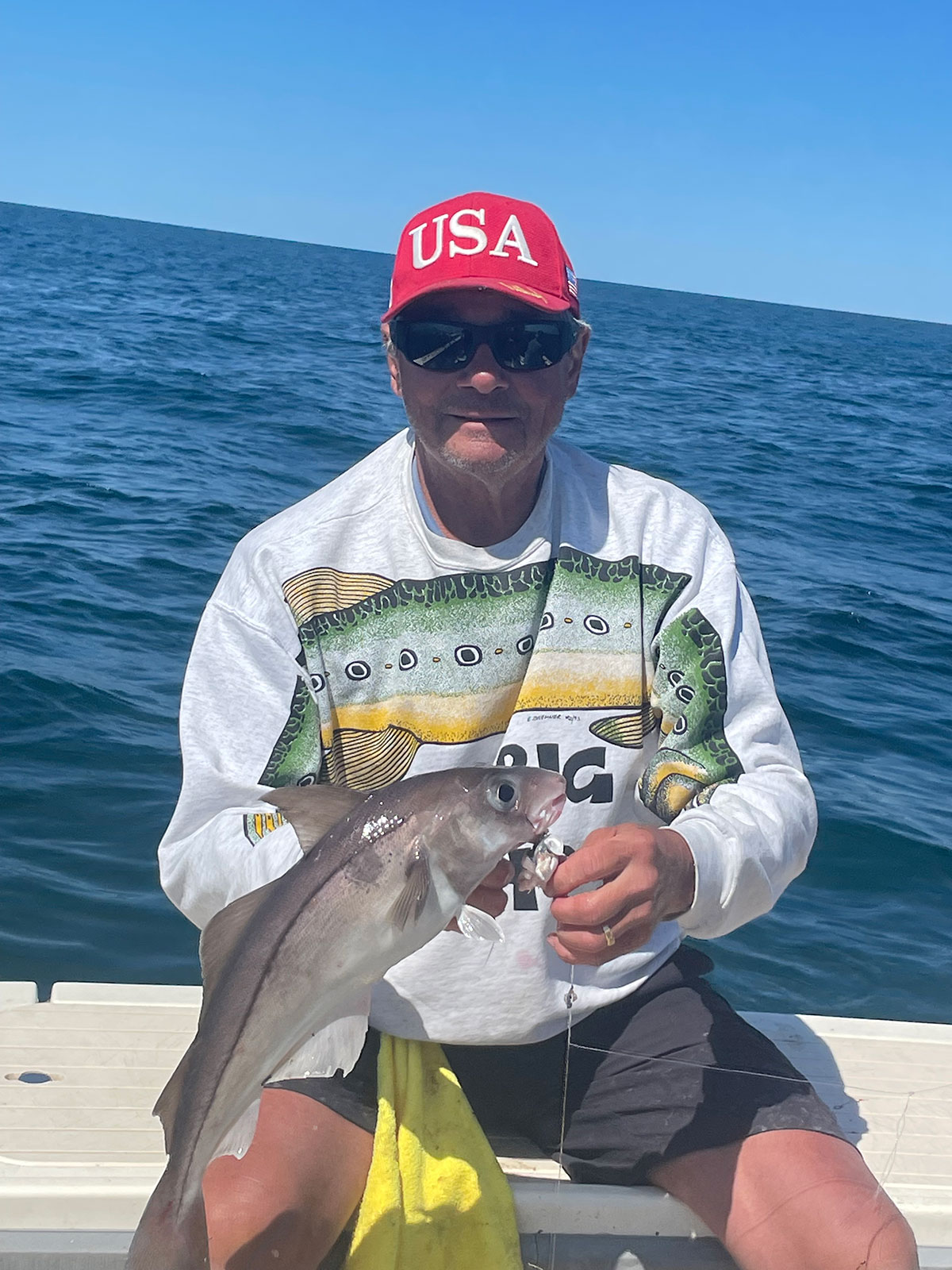
Diamonds & Feathers
There is a third method which is actually my personal favorite. It’s the combination of a diamond jig, with a dropper loop above the jig sporting a fly, sweetened with pork rind sized strip of clam, squid or shrimp. I find this rig to be deadly when over a decent body of haddock. I prefer drifting in 200 to 240 feet of water, and using 30- or 40-pound braided line. I like to use a about a 36-inch long 50- or 60-pound test monofilament leader and Gamakatsu 6/0 J-hooks. I like to drift because it covers more ground and, once we locate a decent body of fish, we can concentrate our efforts over that particular area.
The size jig we use is dictated by the conditions of the day. The depth of the water, current and wind have everything thing to do with how heavy the jig needs to be. On a slow drift in 220 feet of water I can often get away with a 4-ounce diamond jig. This allows me to use a lighter rod, and gives me a much better feel for the bottom and the bite. Under moderate current and wind conditions we might have to switch to a medium weight rod and either a 6- or 8-ounce jig. The lighter the outfit, the better the feel, the better the sport and better the results. Braided line can make a huge difference as well. On a fast drift with monofilament line, you may require 16 to 20 ounces of weight to hold the bottom while you are fishing. Reeling up 20 ounces of weight plus the weight of your fish up through 200 to 300 feet of water can get old pretty quickly. But with braided line you may only need 8 or 10 ounces under those same conditions, it’s easy to see why braided line is the best tool for the job.
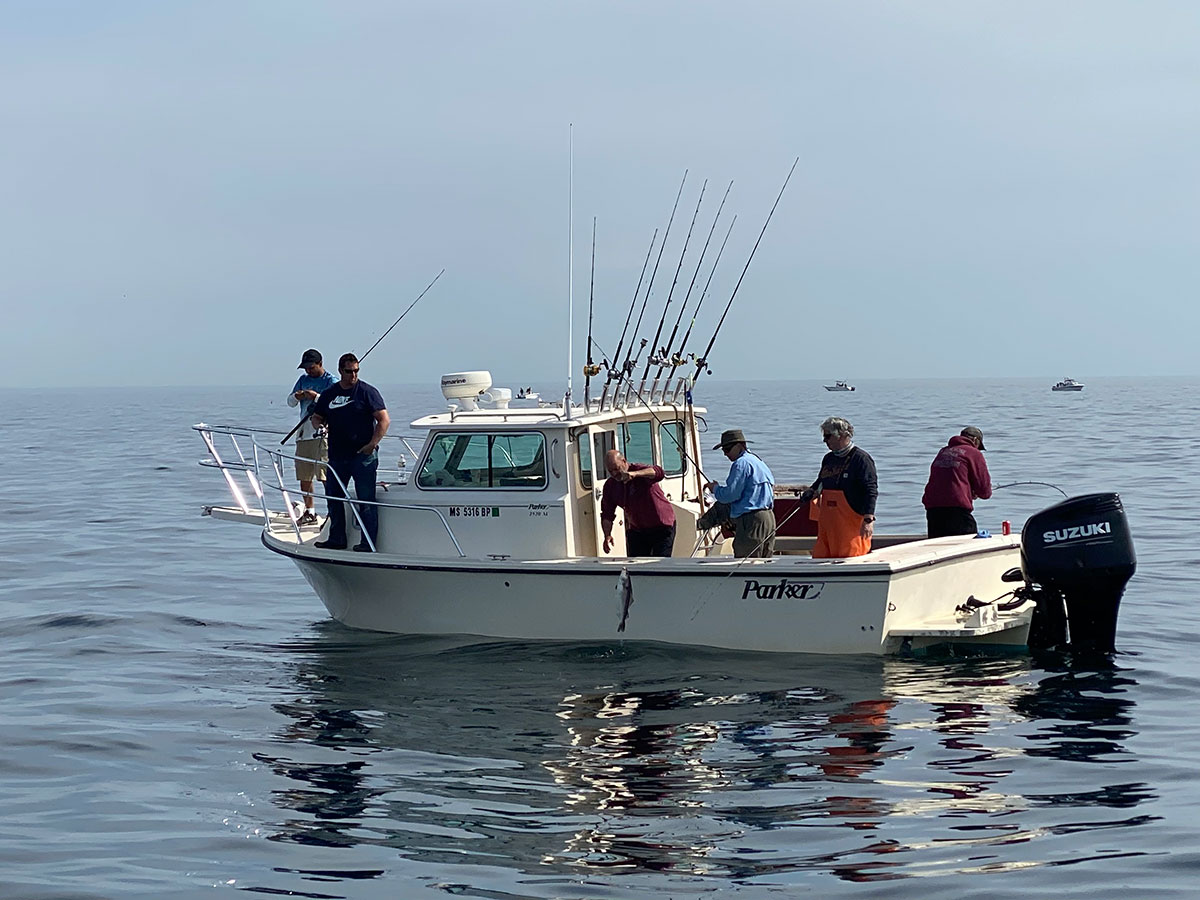
Words of Wisdom
Anglers have many options in the Gulf of Maine for targeting haddock. There are six-pack charter boats and inspected headboats that specialize in this fishery. The crew is well trained and the boats are operated by licensed professional captains who possess a wealth of information. They also supply all the fishing tackle and will show you how to use it. If you have never fished on the high seas for haddock, I strongly recommend you take advantage of hiring a professional to help you learn the ropes, first.
Fishing for haddock does not require a lot of expensive tackle but if you choose to go on a private boat there are a few things you definitely need to understand. Traveling between 10 to 35 miles offshore is serious business, especially during the early season. Be certain your boat (or the boat you are traveling on) is well equipped with the all the Coast Guard approved and required safety gear. If the weather is questionable do not sail. There will be other opportunities to go fishing and it is not worth pushing the envelope to make an offshore trip. Make a checklist and make sure you are equipped with all the bait, tackle and equipment to make the trip.
We are blessed to live near the Gulf of Maine and to have the opportunity to fish from a sea that yields such an amazing bounty. Take the time to understand what fishing for haddock involves, make responsible plans accordingly and enjoy your day of fishing for Gulf of Maine haddock in our beautiful Northern New England waters. You won’t regret it!



